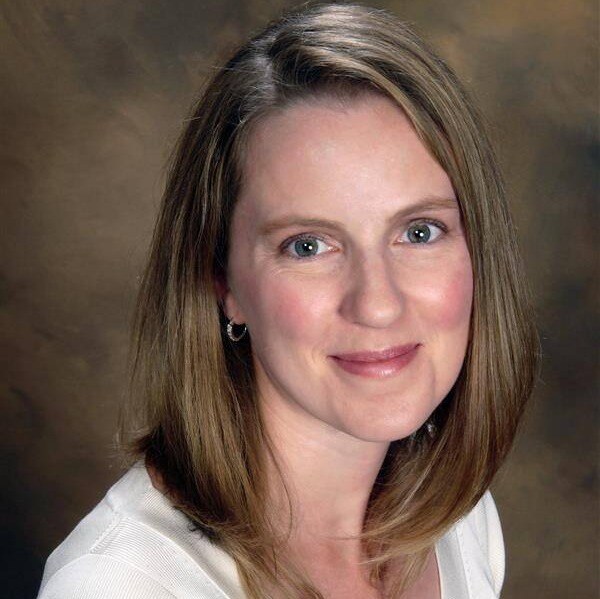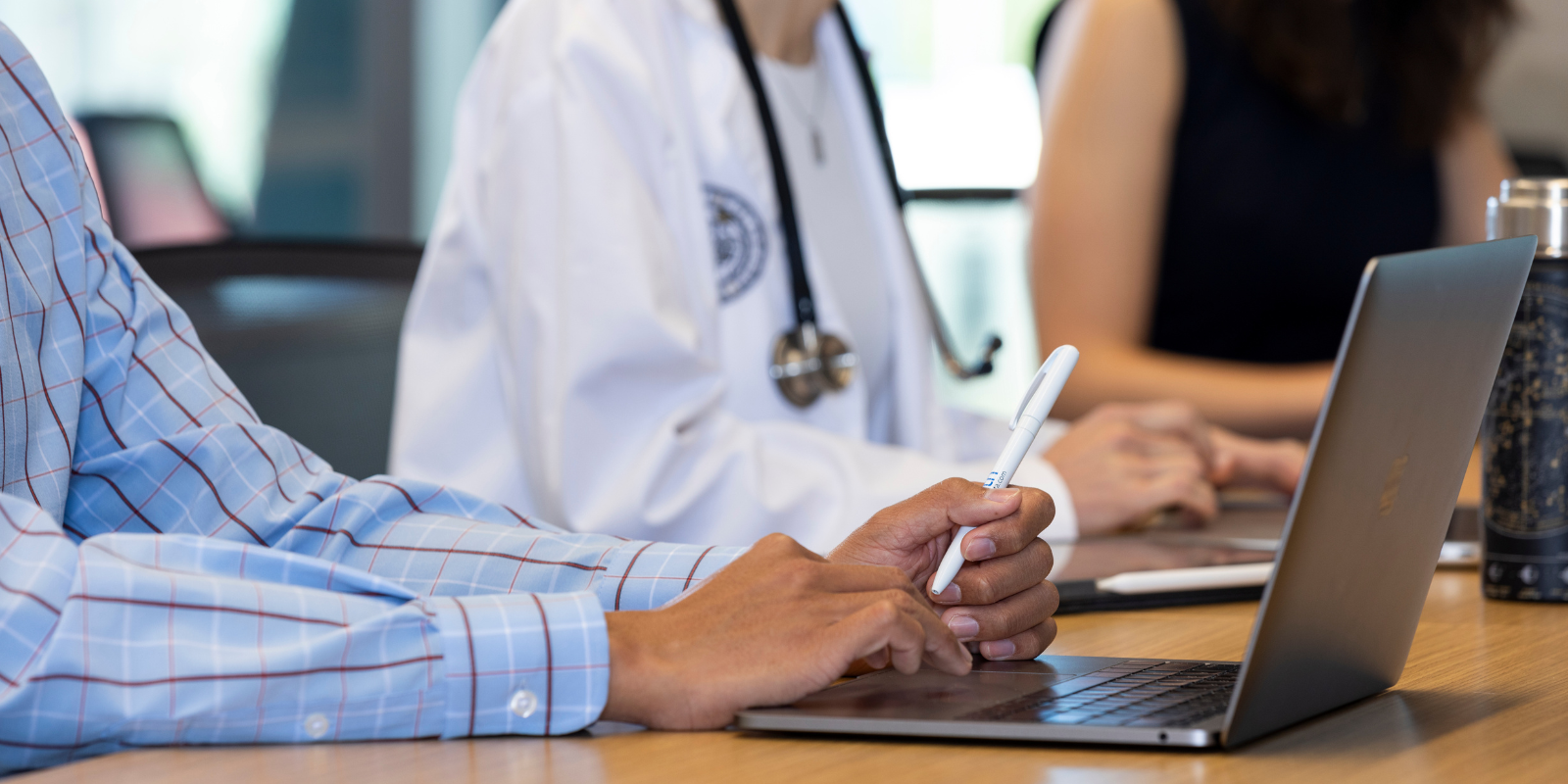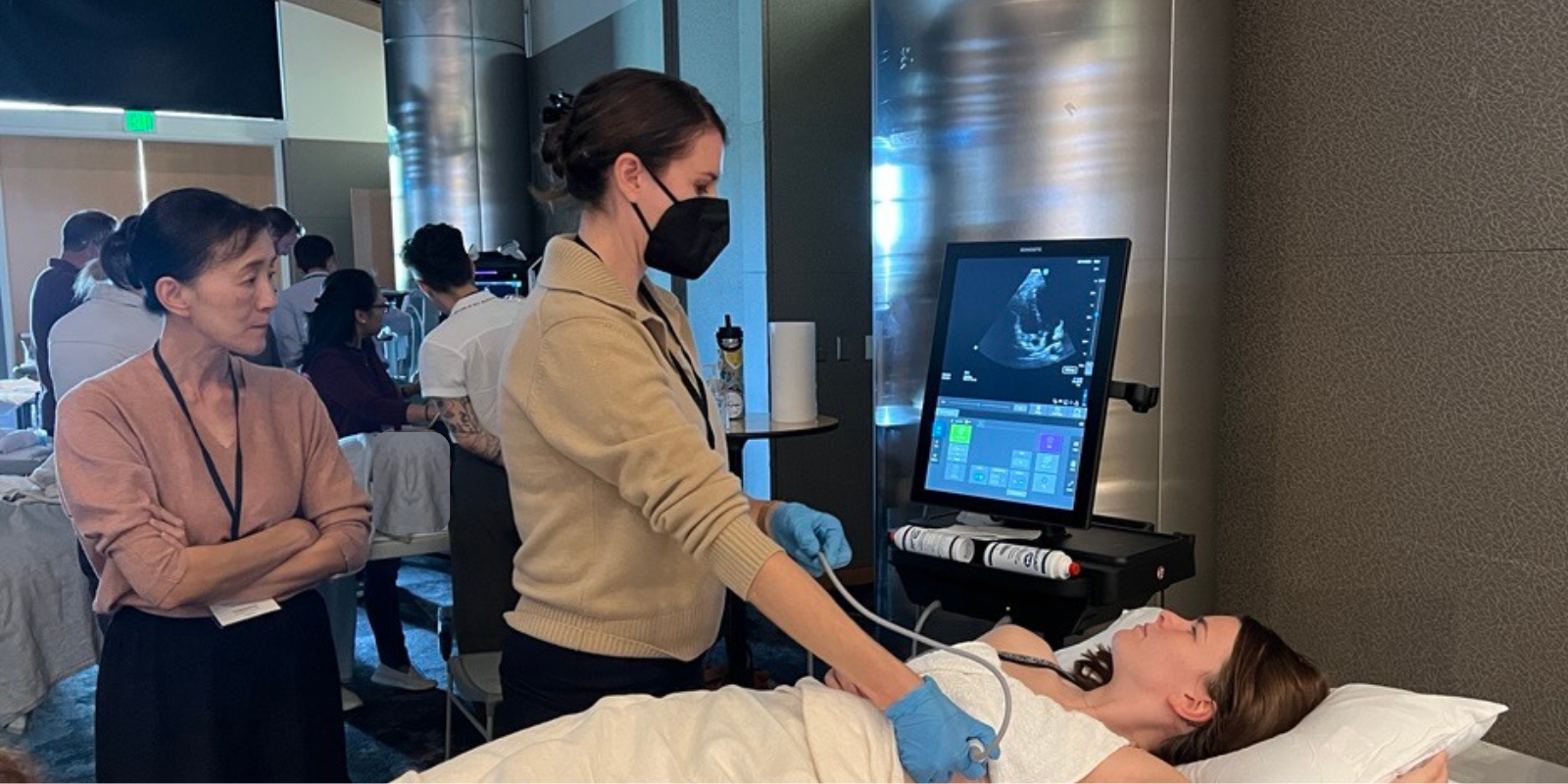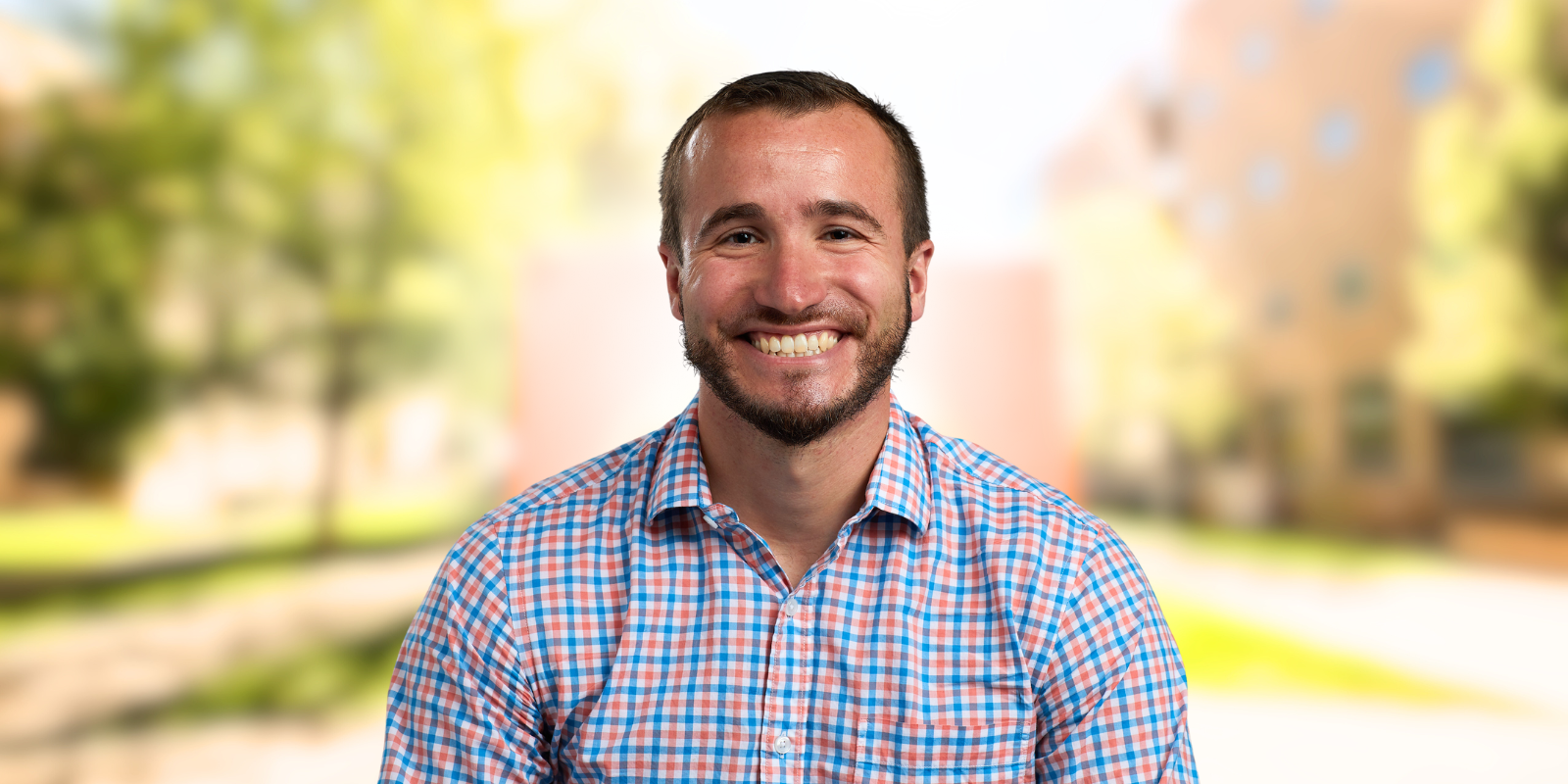When physicians and scientific researchers are invited to explain their profession to elementary, middle school, or high school students at career fairs, it can be challenging to come up with ways to engage students. Rather than having to scratch their heads for ideas, faculty, fellows, and trainees in the University of Colorado Division of Pulmonary Sciences and Critical Care Medicine can check out pre-developed educational activity kits provided by the division that have proven to spark students’ interest.
“What we’re trying to do is build outreach kits that our members can use anytime they are invited to a community meeting and want to talk about pulmonary science or careers in medicine,” says Meredith Tennis, PhD, an associate professor in the division who developed the outreach idea.
“We are figuring out ways to catch students’ interest so we can engage them in further conversations about our work,” she adds.
 The Division of Pulmonary Sciences and Critical Care Medicine at a community outreach event.
The Division of Pulmonary Sciences and Critical Care Medicine at a community outreach event.
Activities range from practicing intubation to analyzing a 3D-printed lung
When the program launched in the fall of 2023, one of the first activity kits the division offered was a bronchoscopy kit, which includes a monitor with a bronchoscope and a 3D-printed lung tree.
“I’ve used it at a few career fairs, and it’s really fun to see eighth and ninth graders have that ‘aha’ moment where they realize the tool they’re using has a camera on it that they can stick into a lung model — and that this really happens to people,” Tennis says.
The division also developed a new kit where students can practice intubation on a mannequin by using a video laryngoscope.
“Often, our pulmonologists are also critical care specialists in the intensive care unit and they’re using that procedure,” she says. “It’s cool to share with students, because intubation is something many people have heard of but haven’t seen or experienced.”
 One of the interactive activities the Division of Pulmonary Sciences and Critical Care Medicine offers at career fairs.
One of the interactive activities the Division of Pulmonary Sciences and Critical Care Medicine offers at career fairs.
To further engage students, the division is also working on creating a case study. Students will receive a medical folder filled with images and fictional patient files that they will analyze to determine what kind of lung disease the patient has. Another kit being developed is a respiratory activity where students can place a pulse oximeter on their finger to measure their oxygen levels. They’re also working on ideas for hands-on research lab activities.
This spring, the division’s activity kits were used at eight different career fairs across Aurora and Denver public schools, reaching hundreds of students. Tennis says the kits were also used at the CoorsTek Denver Metro Regional Science and Engineering Fair and the latest CU Anschutz Block Party.
In addition to the activity kits, the division has also created handouts for students with information about careers in medicine and academic research, such as the variety of professions available, the type of educational background needed, and the projected pay rates.
“We can build awareness that jobs are not limited to being a doctor or a PhD. There are many different avenues a person can follow if they are passionate about health and science,” Tennis says. “It gives us a chance to advertise these opportunities to young students.”
 A student interacting with one of the activities offered by the Division of Pulmonary Sciences and Critical Care Medicine.
A student interacting with one of the activities offered by the Division of Pulmonary Sciences and Critical Care Medicine.
The program’s evolution
The idea for this educational outreach program began in the summer of 2023, when Tennis saw firsthand how powerful these activities can be.
“I run a high school camp through CU Science Discovery called Medical Student Experience. Last summer, I was looking for new ideas and so, for the first time, we had a pulmonary session,” she says.
As part of the pulmonary session, Melissa New, MD, an assistant professor in the division, visited the high schoolers and brought activities she had developed, such as the bronchoscopy activity.
“When we saw that the students were really excited about it, we started to think about how we could use it more broadly. It went so well that I thought, ‘Wait a second, this could be really useful for people in our division,’” Tennis says. “And so, we were able to replicate those activity materials for the division to use, and it grew from there.”
For Tennis, creating this program was important because it further promotes her passion for educational community outreach. Given that this type of program does not require much time or money, she hopes other divisions will conduct similar outreach and develop their own kits.
“This program was a way for me to help our division be more engaged in the community,” she says. “I love seeing our division members come back from a visit and say, ‘I didn’t know it would be so fun!’ I hope over the next few years, more people in our division will say yes to the outreach opportunities that are offered to them.”




